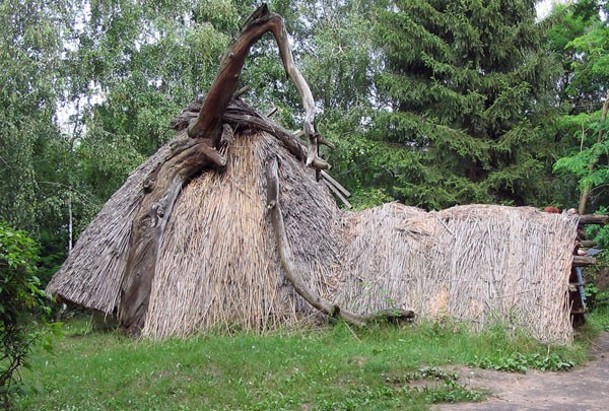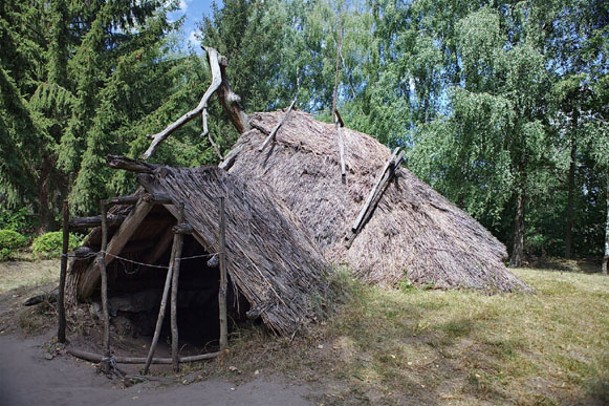Cherniakhiv culture
Cherniakhiv culture (Черняхівська культура; Cherniakhivska kultura). An ancient culture of the 2nd–5th century AD, discovered in 1899 by Vikentii Khvoika near the village of Cherniakhiv, now in Kaharlyk raion, Kyiv oblast. The culture was widespread in the forest-steppe on both banks of the Dnipro River between the Don River and the Dnister River and along the Boh River, as well as in southeastern Poland, Czechoslovakia, Hungary, Romania, and Bulgaria. Monuments of the Cherniakhiv culture consist of moundless burial grounds and settlements. The settled tribes of the culture lived in large, unfortified settlements and engaged in farming and animal husbandry. They also practiced various trades and crafts—bronze working, iron working, jewelry making, and pottery making, which was usually executed by means of a potter's wheel. There was a well-developed trade with nearby Roman centers, from which the tribes imported amphoras, glass cups, and clay pottery. Roman coins were used in internal and external trade. Most scholars believe that the Cherniakhiv culture was the product of various ethnic tribes—the Dacians, Sarmatians, Goths, Scythians, and Antes—mentioned by ancient writers. The culture perished probably during the invasion of the Huns at the end of the 4th century and later Avars in the 6th century. Among the better-known monuments of the Cherniakhiv culture in Ukraine are the burial grounds at Cherniakhiv, the Zhukivtsi settlement (Obukhiv raion, Kyiv oblast), the Ivankivtsi settlement, and the Yahniatyn settlement.
BIBLIOGRAPHY
Baran, B. Cherniakhivs’ka kul’tura za materialamy Verkhn’oho Dnistra i Zakhidnoho Buha (Kyiv 1981)
Kropotkin, V. (ed). Mogil’niki Cherniakhovskoi kul’tury (Moscow 1988)
[This article originally appeared in the Encyclopedia of Ukraine, vol. 1 (1984).]
.jpg)
.jpg)


.jpg)
.jpg)
.jpg)
.jpg)
.jpg)